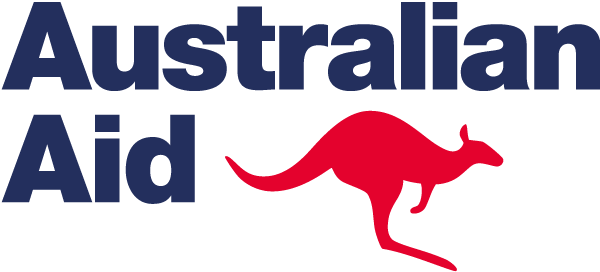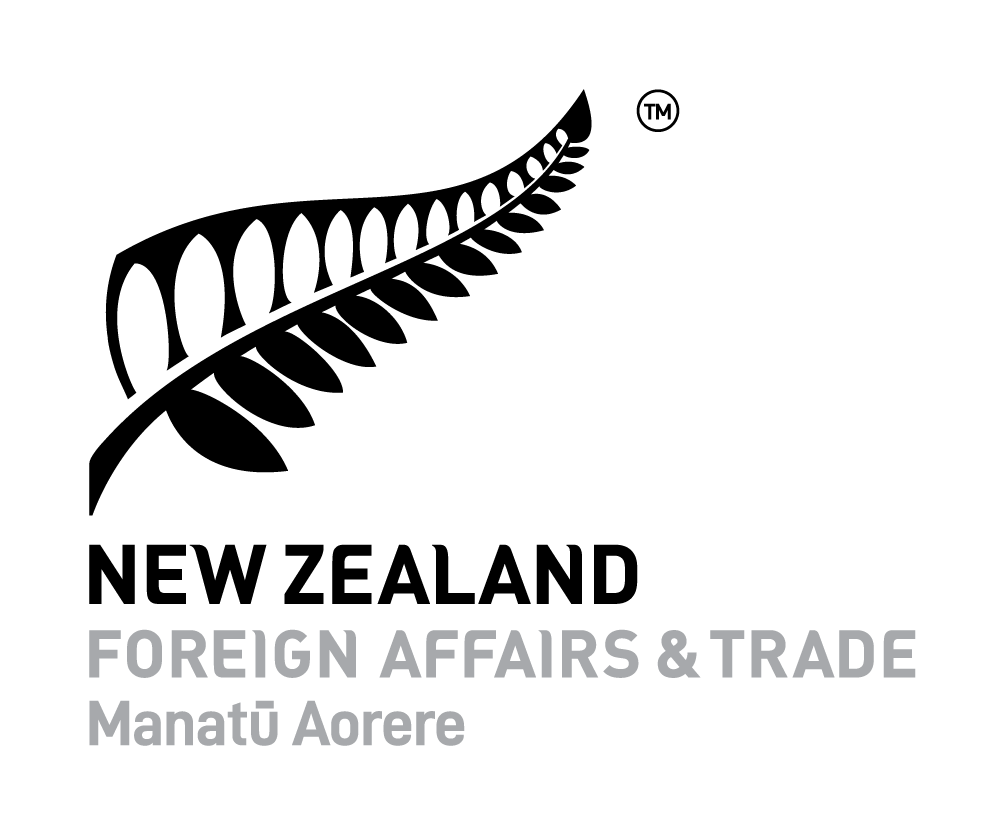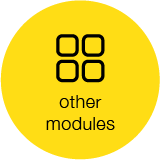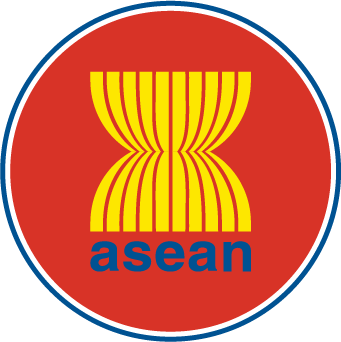
for the Implementation of International Standards
related to Sanitary and Phytosanitary (SPS) Measures

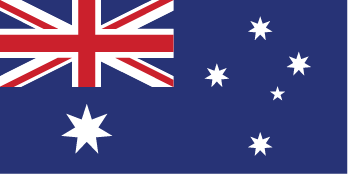
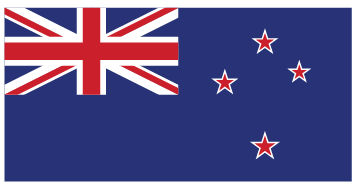
ECONOMIC COOPERATION SUPPORT PROGRAMME (AECSP)
Disclaimer
This e-learning module has been developed for the teaching purposes and material contained in it is of general nature.
It is not intended to be relied upon as legal advice and the concepts and comments may not be applicable in all circumtances.



ECONOMIC COOPERATION SUPPORT PROGRAMME (AECSP)
Case Study 1: Day-old chicks
Country A wants to import day-old chicks from Country B
Country A
- small poultry industry
- limited veterinary services
- many transboundary diseases
- usually uses the OIE International Standards when setting sanitary measures
- hasn’t imported from Country B before
Country B
- developed commercial poultry sector and smallholders
The Chief Veterinary Officer (CVO) of Country A asks a Veterinary Officer (VO) for a recommendation
Introduction
This timeline shows the step-wise approach the VO took to this request. She used the OIE IRA Handbook as a guide. The OIE IRA Handbook describes eight key steps
Scope
The VO holds a meeting with relevant stakeholders within her department to determine the scope of the IRA she may need to complete. The group concludes that she needs to assess the biosecurity risks associated with the importation of day-old chicks from Country B to Country A.
Purpose
In the same meeting, the group decides that the purpose of her work will be to identify and assess the likelihood of hazards entering Country A on day-old chicks from Country B and if necessary, suggest risk mitigation measures to minimise this likelihood to reach the ALOP of her country.
Communications
The group identifies the parties most interested in this work will be the poultry industry in Country A, the poultry industry in Country B and the governments of both countries and makes a list of key contacts in these areas. Given that Country A has not worked with Country B much in the past, the VO sends Country B a questionnaire that aims to gather details about their veterinary services and the health of animals in their country (including details of their poultry industry and key surveillance parameters). She also calls individuals on the contact list identified by the group and invites them to two workshops where she will update them on her work and ask for input. She releases a draft of her risk analysis online once complete and invites comments from her contact list.
Information
The VO gathers some key poultry textbooks, looks at a recent IRAs on day-old chicks from another country and contacts an academic at a university that she knows to be a poultry vet. She also conducts a literature review using google scholar.
Hazard idenfication
By looking through these sources, the VO identifies over 60 hazards that could be imported on day-old chicks. This process takes her many weeks. Of these hazards, most are known to already occur in Country A or there is no desire to control or prevent them. These hazards don’t require further assessment. This leaves three hazards that could potentially be introduced by the importation of day-old chicks requiring further investigation; Avian influenza, infectious bronchitis and Salmonella. The picture shows an exert of the table she creates to evaluate each of the hazards. Zoom in to see further detail.
Further information
After identifying these hazards, the VO gathers more information.
She consults the World Animal Health Information System (WAHIS) and notes that Country B has not reported any outbreaks of AI. Country B has reported cases of Infectious Bronchitis (IB) and Fowl Typhoid. She also receives the questionnaire results which indicate that:
- Country B conducts regular surveillance of their poultry for AI, IB and Fowl Typhoid
- Country B has well-developed veterinary services and laboratories
- Country B has a smallholder poultry sector, as well as a commercial poultry sector
- Country B has never diagnosed AI
- Country B has diagnosed IB and Fowl Tyhpoid a number of times in their smallholder sector.
The OIE International Standards
The VO refers to the OIE Terrestrial Animal Health Code and learns that all three identified hazards are OIE-listed diseases. She notes that there are recommendations within Chapter 10.2, 10.4 and 10.7 on sanitary measures appropriate for reducing risk of importing all three diseases on day-old chicks.
Risk Assessment
The VO consults with the CVO and a number of staff in her team on her country’s ALOP and the group agree that the OIE International Standards are likely to meet their ALOP. They also agree that their resources are limited so using the OIE International Standards may be the best approach. She therefore recommends that further assessment is not necessary.
Conclusion
To VO compiles a report. It includes:
- the scope and purpose of the risk analysis
- the table of all hazards
- brief summaries of the three key hazards
- the risk mitigation measures suggested by the OIE International Standards
She circulates this report for comment and recommends the importation can occur if the risk mitigation measures are followed. Her department plans an audit visit Country B. The VO also commences work on import protocols which will be implemented if the importation is approved.
Case Study 2: Giant river prawns
Country A wants to import post-larval giant river prawns (Macrobrachium rosengergii) from Country B
Country A
- does not have giant river prawns
- does have a number of other shrimp species
- has a very competent veterinary services and import department is well-resourced
- is free from many common diseases of livestock and aquaculture
- maintains an Acceptable Level of Protection (ALOP) which is not always reached by the mitigation measures suggested in the OIE International Standards
- has worked with Country B in the past
Country B
- has a mature aquaculture industry including commercial producers of giant river prawns
A team is assembled in Country A to conduct an import risk analysis
Introduction
This timeline shows the step-wise approach the VO took to this request. She used the OIE IRA Handbook as a guide. The OIE IRA Handbook describes eight key steps
Scope
The team meets to clarify their scope. They agree that they need to assess the biosecurity risks associated with the importation of post-larval M.rosengergii into their country.
Purpose
In the same meeting, the group determines that the purpose of their work will be to identify, assess, manage and communicate the biosecurity risks associated with this importation.
Communication
The team makes a preliminary list of stakeholders, these include the governments of both countries, the shrimp industry in the exporting country and those working on the development of the proposed new industry in Country A. They conclude that all of their stakeholders are contactable by email and have access to the internet. They send an email describing the scope and purpose of their task and invite stakeholders to a series of consultation meetings that occur throughout the process. They set up a webpage to outline the process and to upload their draft IRA. Country A does not send Country B a questionnaire as they know each other’s veterinary services well and can call each other for any further information if need be.
Information
The team conducts a rapid literature review and finds that there is no published literature on diseases of shrimp in either Country A or Country B. The team also contacts a number of aquaculture experts in each country and finds that they also have very limited information on the presence or absence of shrimp diseases in country A or B. The team decides to conduct a systematic literature review of all pathogens of M.rosengergii worldwide.
Hazard idenfication
From the exhaustive literature review, the team identifies over 50 hazards that had been reported in M.rosengergii. They tabulate all hazards against key criteria to determine if further assessment is required. The picture shows an exert of the table. Zoom in to see further detail.
Further information
After consulting a number of shrimp experts in other countries, the team concludes that hazards will only be retained for further consideration when they are capable of infecting post-larval stages of M.rosengergii, may plausibly be present in Country B and have caused significant disease outbreaks. Using these criteria, the team identifies two hazards for further consideration: White Spot Syndrome Virus (WSSV) and White tail disease (WTD).
The OIE International Standards
The team determines that the Aquatic Animal Health Code provides recommendations on both WSSV and WTD. Given Country A’s strong ALOP, the team decides to use the OIE Standards to guide them but to still continue with a full IRA.
Risk Assessment
The team conducts a visit to Country B to gather information for their full risk assessment. They also hold a workshop where risk pathways are discussed with a range of academics, government employees and aquatic veterinarians. The results of their risk assessment for WSSV is shown below. A similar process was completed for WTD.
Release assessment
The stock from Country B for importation into Country A is unlikely to be infected with WSSV because:
- The stock has been maintained in relative isolation since it was imported many years ago from another country that is officially free of WSSV
- There are no reports of wild shrimp in Country B being infected with WSSV
- There is no evidence to suggest related shrimp species in Country B have ever been infected with WSSV
Release assessment result: very low
Exposure assessment
The likelihood of the pathogen escaping from the culture facility in Country A was assessed to be low because:
- The shrimp will be maintained in covered tanks with no access to waterways or oceans
- Effluent waters will be disposed of so they do not directly enter natural waterways
Release assessment result: low
Consequence assessment
There are a wide range of crustaceans that can become infected with WSSV which means that any introduction into Country A could result in the disease becoming endemic. Whilst aquaculture is not currently a highly developed industry in Country A there are plans for it to grow significantly in the future. An endemic establishment of WSSV would drastically impact any future industry’s capacity to export.
Consequence assessment: high
Risk estimation
For WSSV, the matrices were used to make a risk estimation.
Overall risk estimation: very low
Risk Management
The team organises a follow-up workshop to determine appropriate risk management measures. Given Country A’s strong ALOP, the team decides to refer to the OIE Standards but also create their own with the aim of reducing the overall risk to very-low/negligible.
In relation to WSSV, the participants at the workshop agree to recommend the following sanitary measures to reduce the risk estimation:
- All bloodstock from which the post-larval stock are taken must be tested using the protocols outlined in the OIE Standards
- No animals can be removed from the facility without prior permission from the government department responsible
- The operator of all facilities must keep detailed records of mortalities and report any disease outbreaks immediately to the government department responsible
- A contingency plan should be developed for events resulting in serious mortalities.
Conclusion
The team compiles a report. It includes:
- the scope and purpose of the risk analysis
- the table of all hazards
- brief summaries of the two key hazards
- results of the risk assessment
- the risk mitigation measures agreed upon
The draft report is uploaded onto the website for further comments before being finalised. The final report is presented to the head of the department for an ultimate decision.



ECONOMIC COOPERATION SUPPORT PROGRAMME (AECSP)

